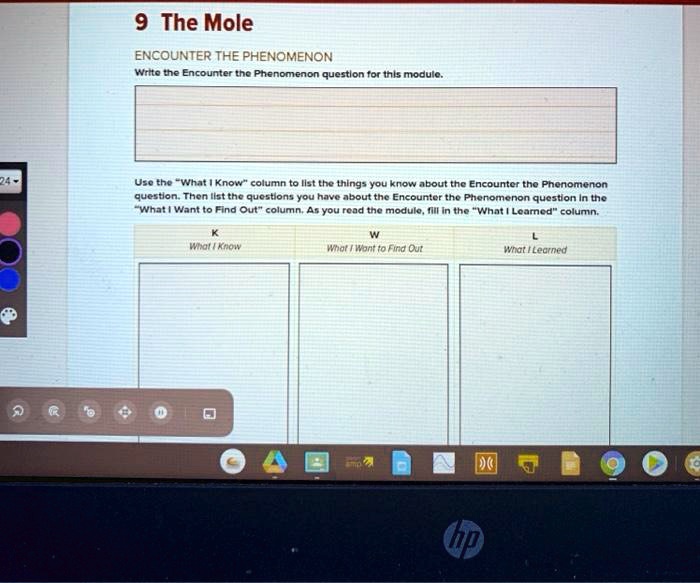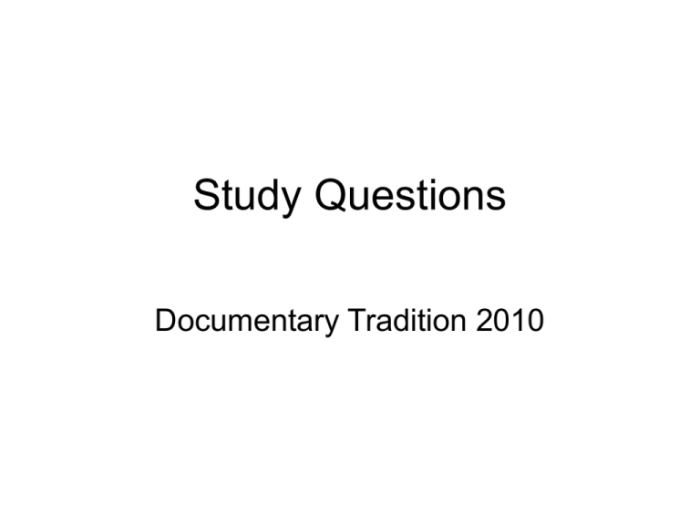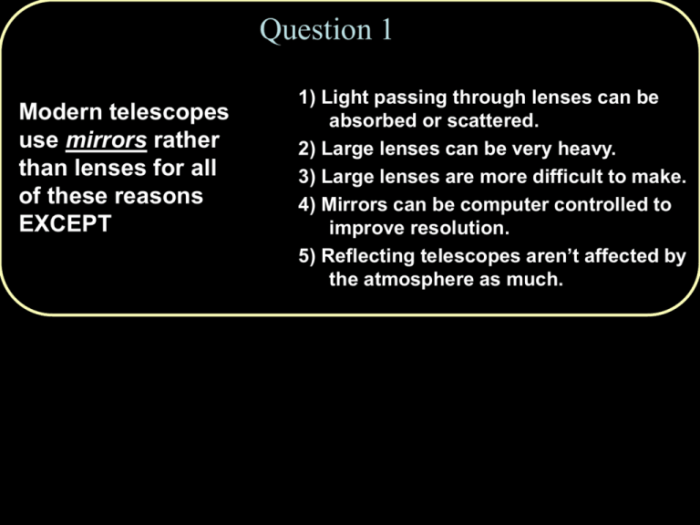In the realm of education, the formulation of encounter questions holds immense significance. As we delve into the intricacies of write the encounter the phenomenon question for this module, we embark on a journey to explore the purpose, significance, and techniques involved in crafting effective questions that foster meaningful engagement with the learning material.
This comprehensive guide provides a structured framework for understanding the key elements of encounter questions, including their types, contextualization, structure, analysis, and ethical considerations. By mastering the art of writing effective encounter questions, educators can empower learners to actively engage with the learning content, deepen their understanding, and cultivate critical thinking skills.
Encounter the Phenomenon Question: Write The Encounter The Phenomenon Question For This Module

Phenomenon Encounter Inquiry
Formulating encounter questions is essential for exploring and understanding phenomena. These questions aim to elicit participants’ experiences, perspectives, and interpretations of the phenomenon being studied.
- Examples of effective encounter questions include:
- What are your thoughts and feelings about this experience?
- How has this phenomenon impacted your life?
- What are the key characteristics of this phenomenon?
- Open-ended questions encourage participants to provide detailed and nuanced responses, while closed-ended questions are more structured and elicit specific information.
Contextualization
Contextualizing encounter questions is crucial for ensuring their relevance and effectiveness.
- Relevant background information includes the theoretical framework, research literature, and cultural context.
- Context informs the formulation of questions by providing a lens through which to interpret participants’ responses.
- Considering the target audience and their perspectives ensures that questions are appropriate and meaningful.
Question Structure and Format
Encounter questions can be presented in various formats to enhance clarity and impact.
- Tables provide a structured and organized way to present questions and responses.
- Bullet points allow for flexibility and easy navigation of questions.
- Visual aids, such as tables and graphs, can enhance understanding and illustrate patterns and trends.
Question Analysis and Interpretation, Write the encounter the phenomenon question for this module
Analyzing encounter questions involves identifying patterns, themes, and insights from responses.
- Techniques for analyzing questions include coding, thematic analysis, and discourse analysis.
- Triangulation and data synthesis help triangulate findings and enhance credibility.
Ethical Considerations
Ethical considerations are paramount in designing encounter questions.
- Respecting participants’ privacy and confidentiality is essential.
- Minimizing bias and ensuring inclusivity promotes fair and unbiased research practices.
Questions Often Asked
What is the purpose of encounter questions?
Encounter questions aim to facilitate learner engagement with the learning material by prompting them to reflect on their experiences, prior knowledge, and perspectives.
What are the different types of encounter questions?
Encounter questions can be open-ended, closed-ended, or a combination of both. Open-ended questions encourage learners to provide detailed responses, while closed-ended questions elicit specific information.
How can I contextualize encounter questions?
Contextualization involves connecting encounter questions to relevant background information, theories, or real-world scenarios to enhance their relevance and meaningfulness.

